In recent years, the model of combining fish farming in rice fields and growing vegetables on dikes has gradually proven to be of outstanding economic efficiency, bringing benefits to both agricultural production and the environment in Long My town, Hau Giang province.
The model of raising fish in rice fields and growing vegetables on the shore takes advantage of the combination of fish farming and growing vegetables, allowing farmers to increase income from multiple sources.
Specifically, during the rice crop season, rice fields are used to raise fish, while the dikes are used to grow crops such as beans, vegetables or other crops.
This not only enhances biodiversity and optimizes land use, but also increases income by up to 20-30% compared to rice cultivation or fish farming alone.
Fish raised in rice fields can reach optimal weight when the rice crop ends, while crops on the dike also bring stable income.
Utilizing water and food from rice fields to raise fish helps reduce the cost of fish feed. At the same time, fish manure can also supplement organic fertilizer for the fields, helping to reduce input costs.
This model creates many job opportunities for local workers, from caring for and harvesting freshwater fish, harvesting crops to jobs related to product processing and consumption.
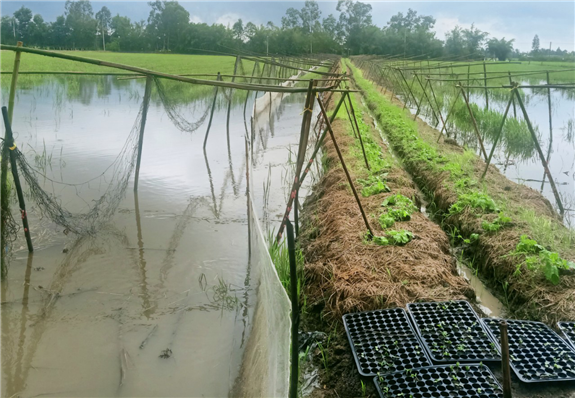
Fish farming model, with fish in rice fields and growing vegetables on the dike of Mr. Ho Ngoc Binh in Hamlet 7, Long Tri A Commune, Long My Town, Hau Giang Province.
Growing crops on the dike helps prevent erosion and protect the soil, while improving soil quality. This model also helps maintain and improve the field ecosystem, protect water resources and enhance biodiversity.
Currently, many localities in the Southwest region such as Dong Thap, Can Tho, An Giang and Hau Giang provinces have successfully applied the model of raising fish in rice fields and growing crops on embankments.
Specifically, in Long My town, Hau Giang province, as of early August 2024, according to the report of the economic department, the total area of rice field fish farming is 607.85/1,045 hectares of aquaculture, accounting for 58.17% of the total area.
Mr. Ho Ngoc Binh, a farmer in Hamlet 7, Long Tri A Commune, Long My Town (Hau Giang Province) is applying the combined model and said: "I am very satisfied with this model because it only costs money for nets, fish, ducks and seeds, no cost for fish feed, only a little cost for duck feed and little fertilizer for plants on the dike (bitter melon), very easy to care for...".
According to Mr. Binh, the products harvested after 3 months include farmed fish, wild fish, snails, crabs, ducks and bitter melon. This model brings in quite high income during the flood season.
"The total cost is estimated at about 20-30 million VND/ha, the total revenue is from 80-90 million VND/ha, so I earn a profit of about 60 million VND/ha/flood season crop. If I grow rice in the third crop, it will only be 30-40 million VND/ha. In addition, the fish waste increases soil fertility, without having to spend money on fertilizer. I believe this is a sustainable solution for agriculture."
In order to optimize the effectiveness of the fish farming and color growing model, experts recommend continuing to research and improve fish farming and color growing techniques. At the same time, training and supporting farmers in applying the model also plays an important role in expanding this model to other areas.
The model of raising fish in rice fields combined with growing vegetables on the dike not only helps increase income for farmers in Long My town (Hau Giang province).
This model of fish farming combined with crop growing also contributes to environmental protection, creating field ecology, protecting local aquatic resources and sustainable agricultural development. This is a typical example of combining traditional and modern agricultural production methods to achieve high economic efficiency and environmental protection.
Source: https://danviet.vn/nuoi-ca-dong-trong-ruong-lua-o-hau-giang-cha-phai-cho-an-bat-ban-hut-hang-thu-nhap-gap-doi-20241018193732988.htm


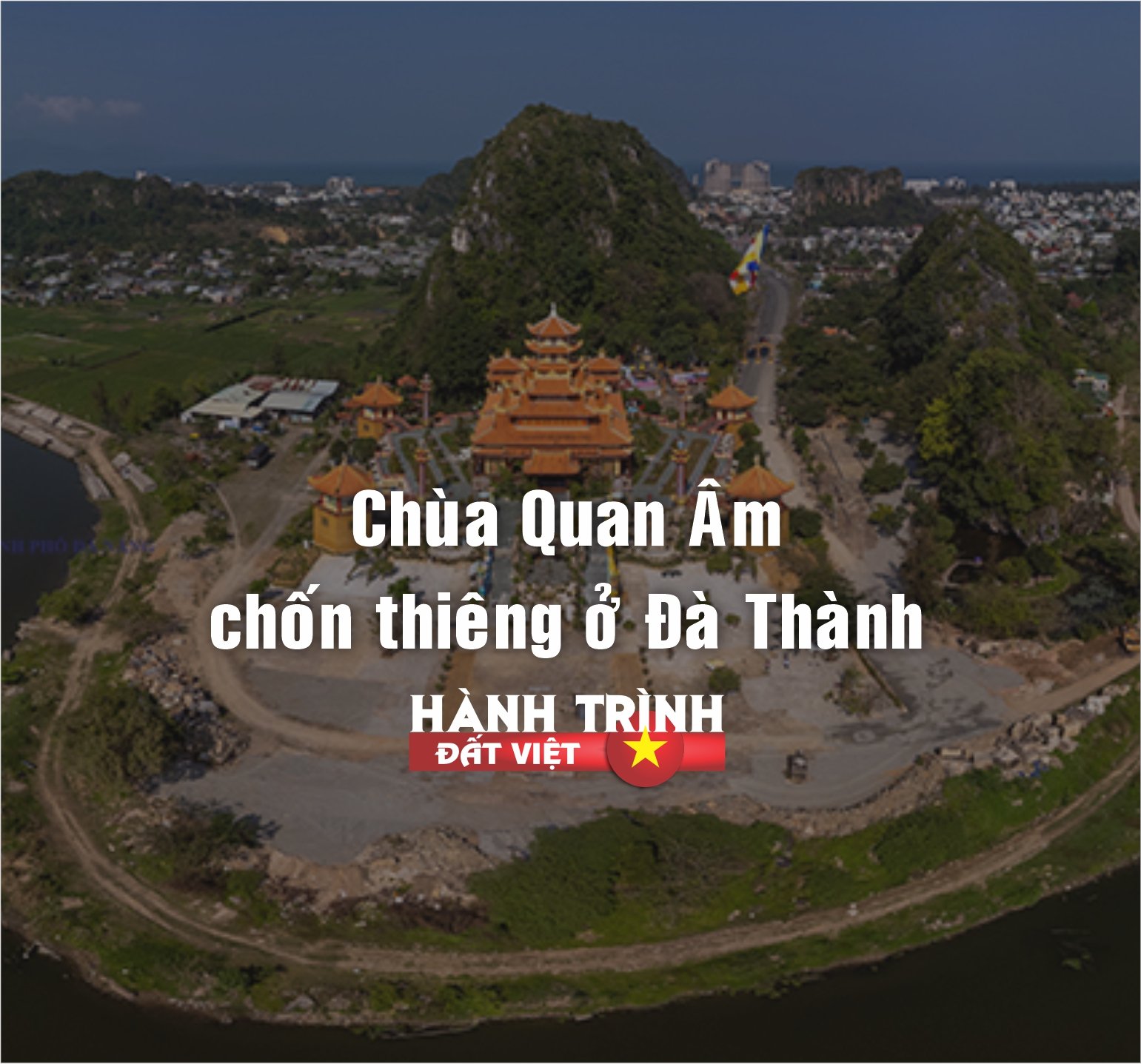

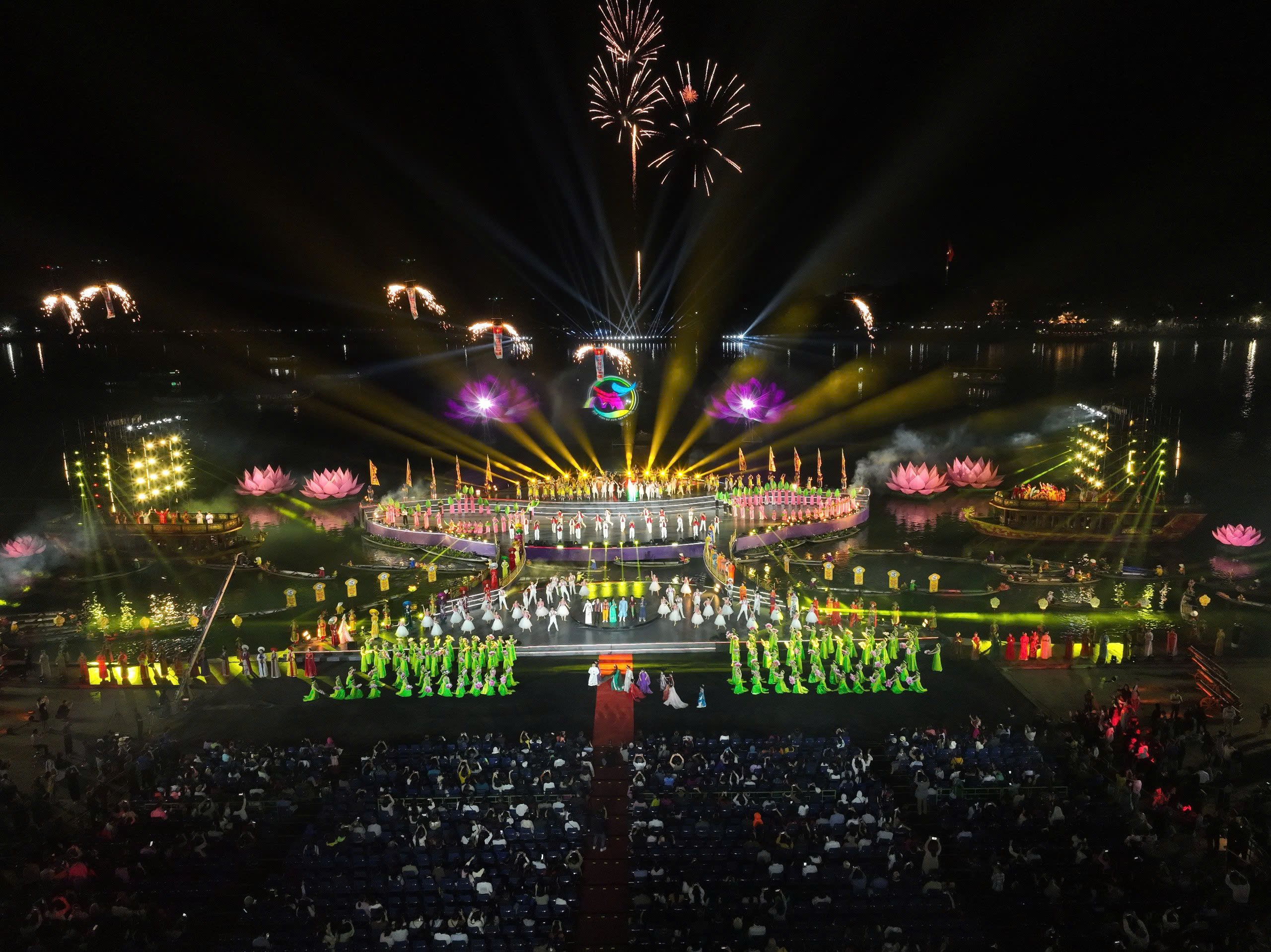
![[Photo] Nhan Dan Newspaper Youth Union visits Vietnam Military History Museum](https://vstatic.vietnam.vn/vietnam/resource/IMAGE/2025/3/25/374e4f70a35146928ecd4a5293b25af0)
![[Photo] Prime Minister Pham Minh Chinh meets with the Ministry of Education and Training; Ministry of Health on the draft project to be submitted to the Politburo](https://vstatic.vietnam.vn/vietnam/resource/IMAGE/2025/3/25/c0e5c7348ced423db06166df08ffbe54)
![[Photo] Head of the Central Propaganda and Mass Mobilization Commission Nguyen Trong Nghia received the delegation of Nhan Dan Daily](https://vstatic.vietnam.vn/vietnam/resource/IMAGE/2025/3/25/cdb71275aa7542b082ec36b3819cfb5c)
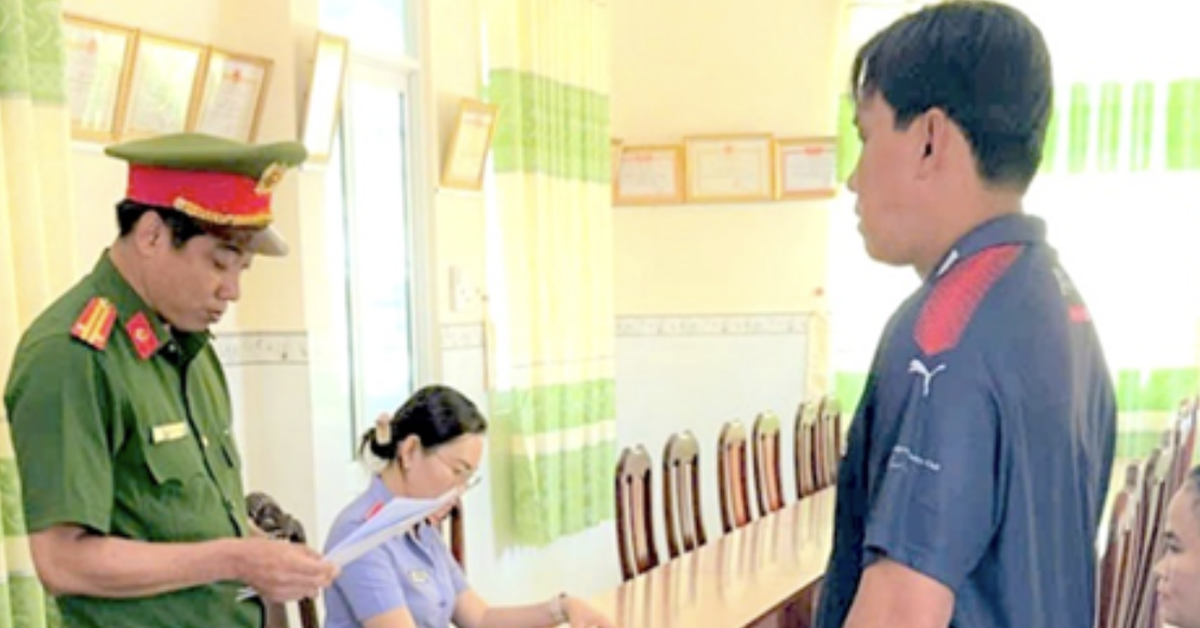

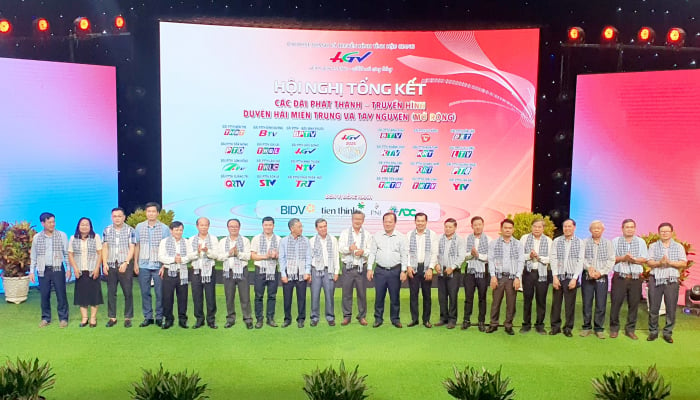

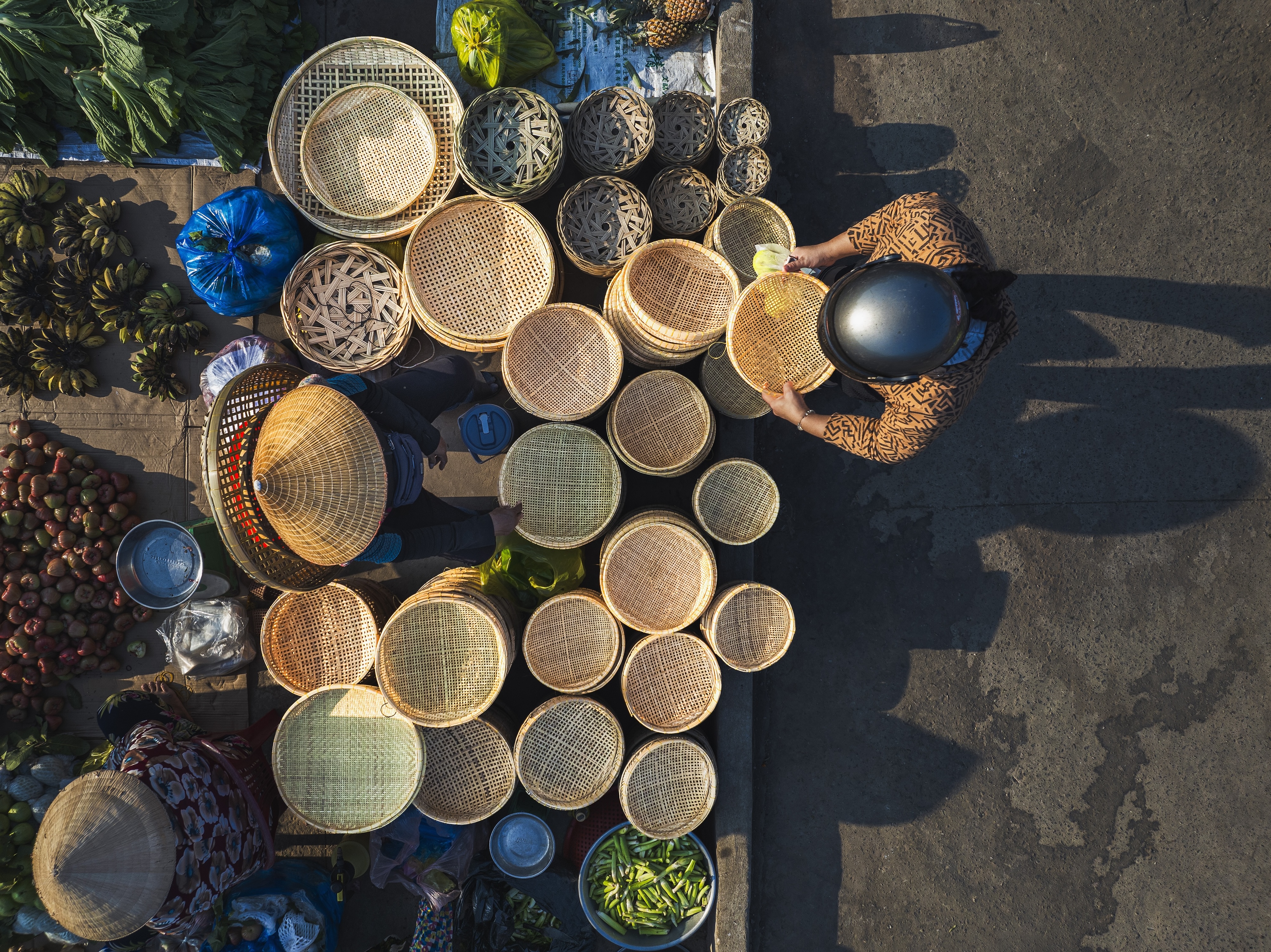

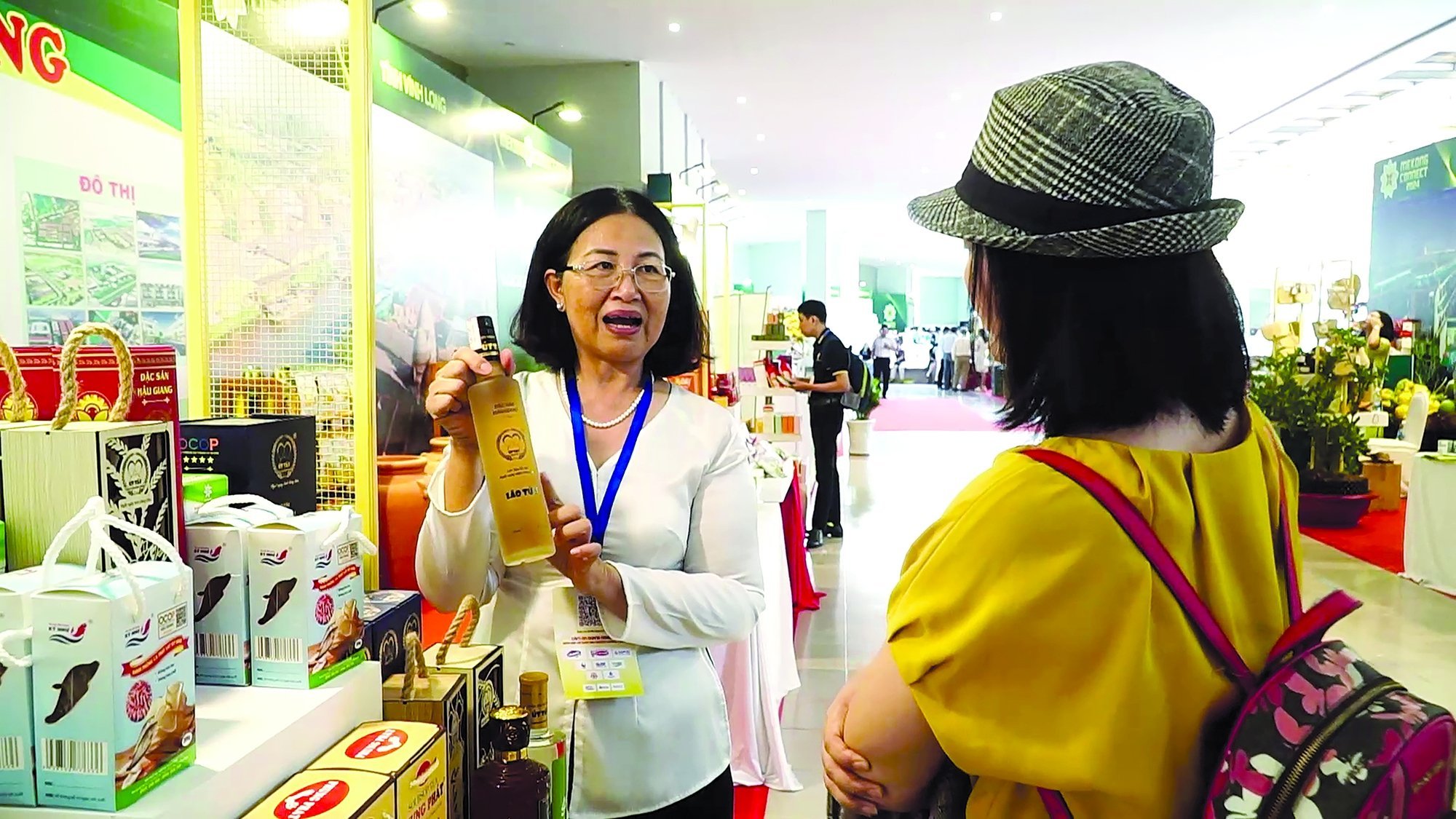

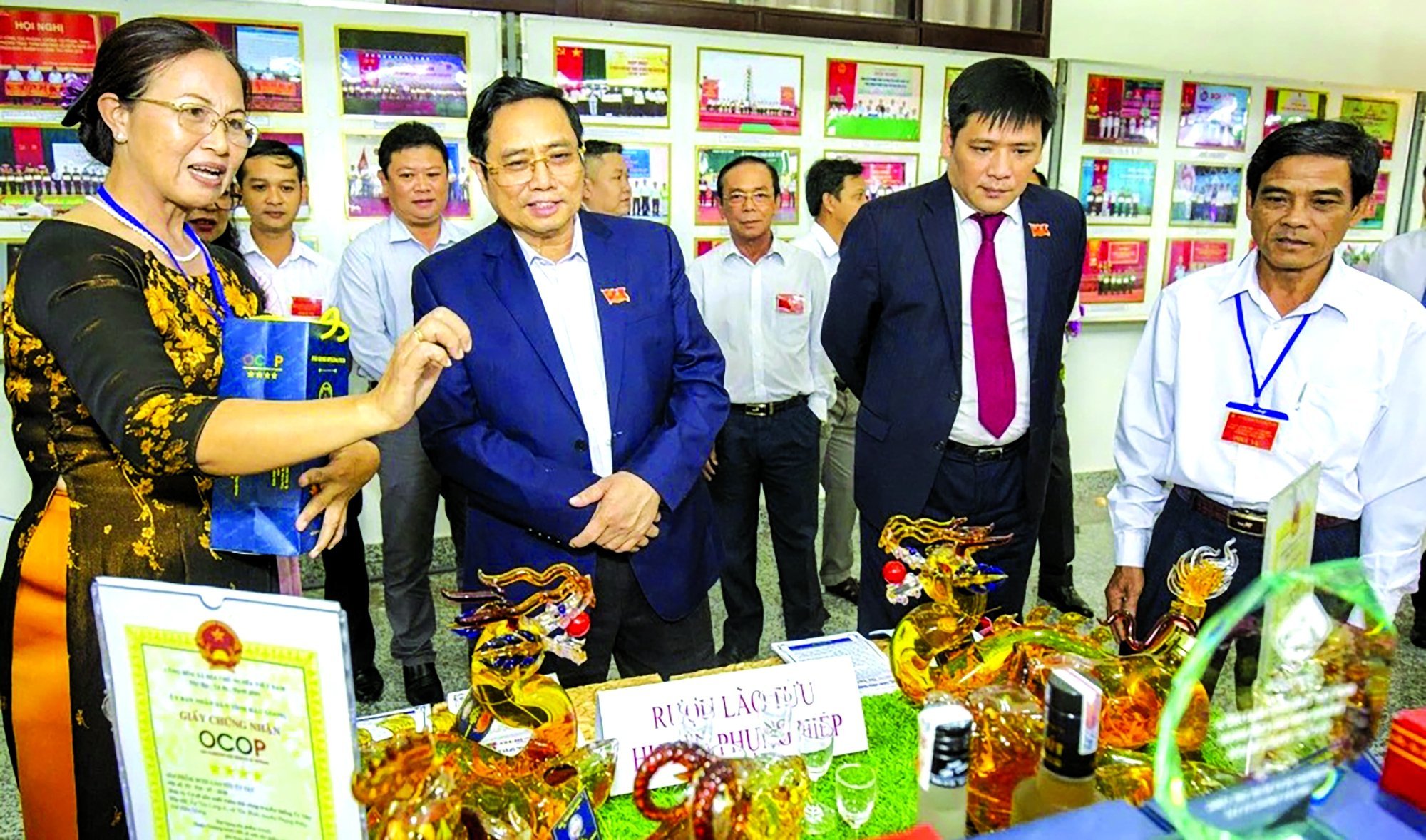
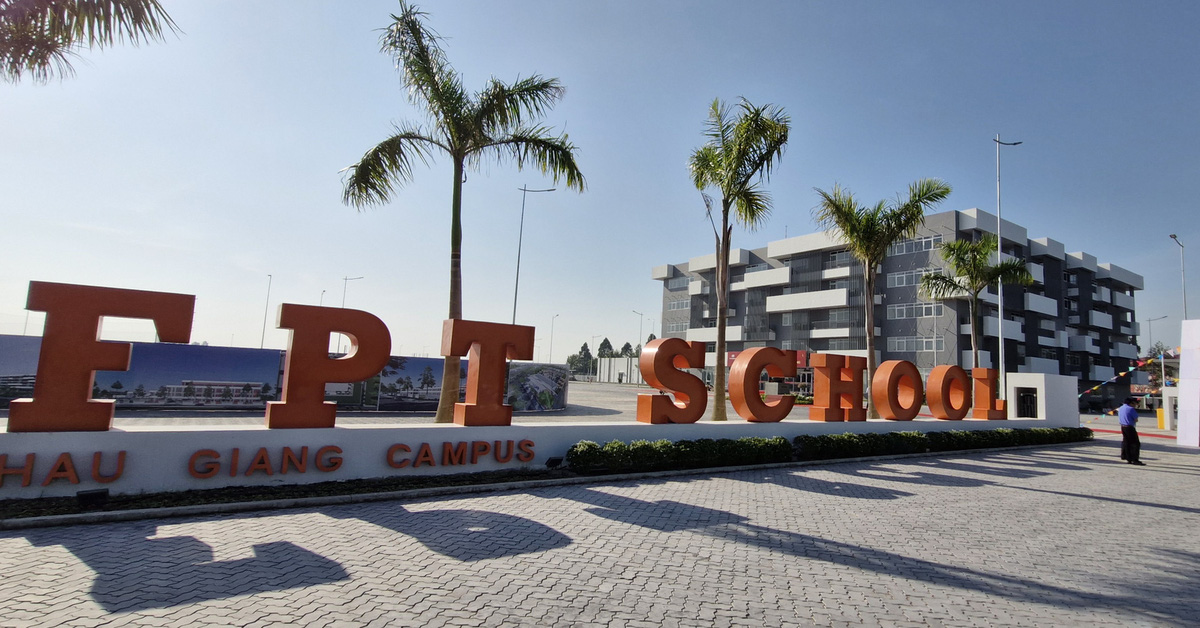
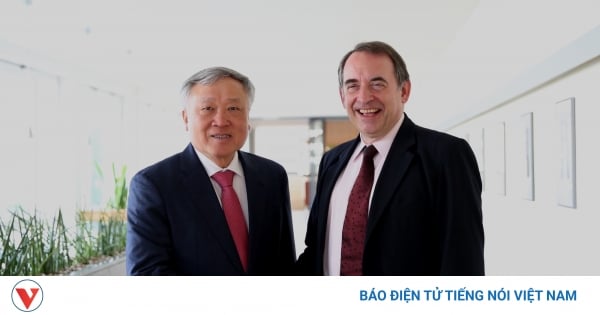
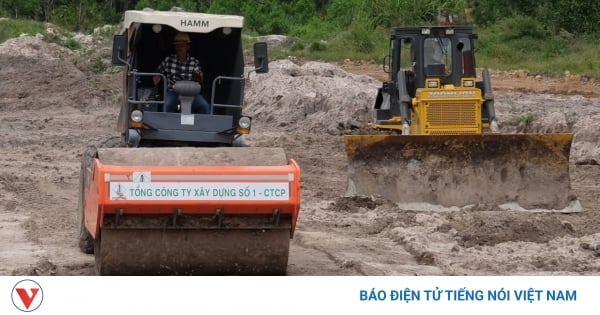
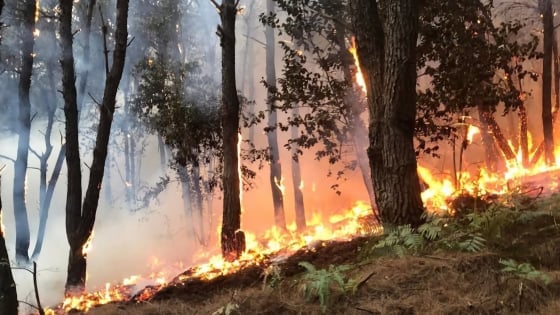
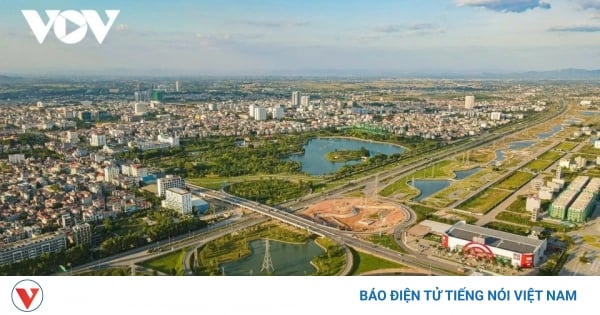
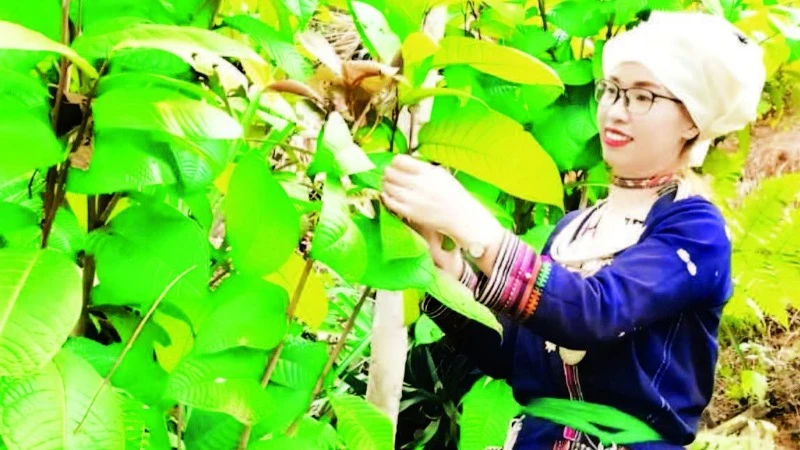
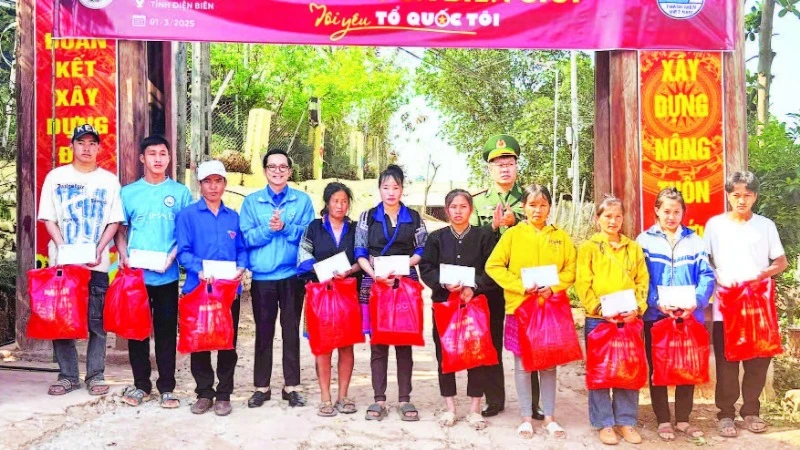
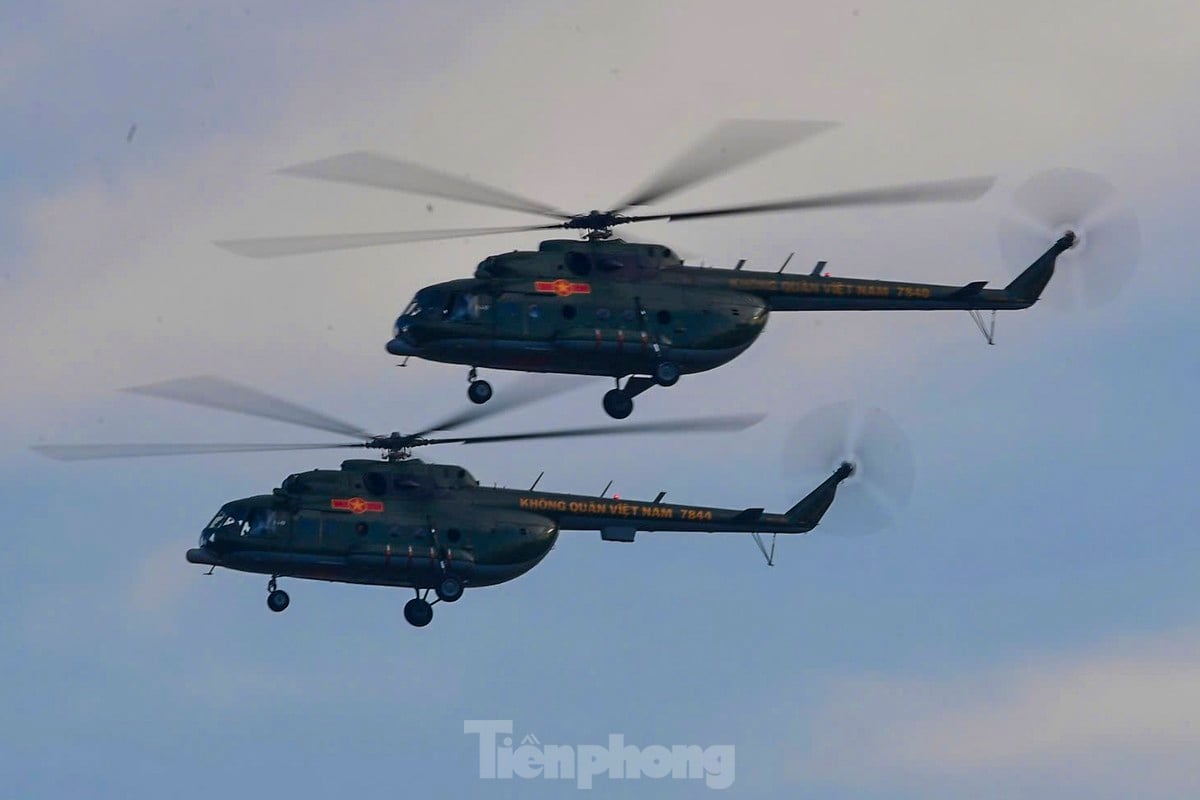


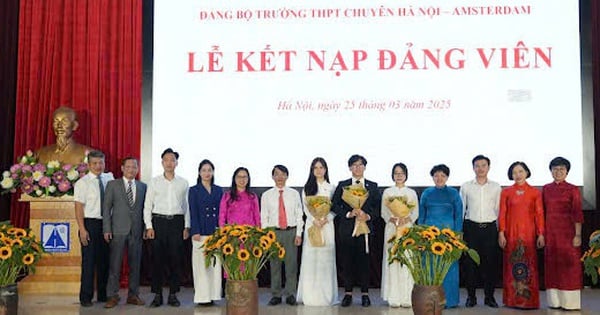

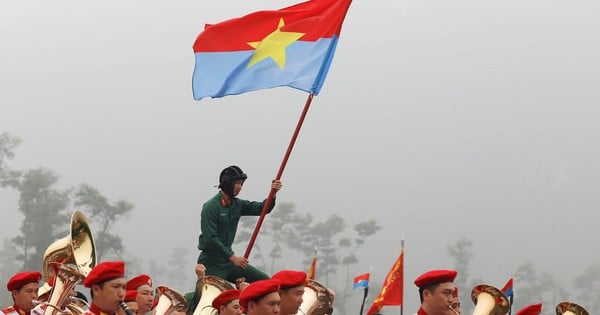
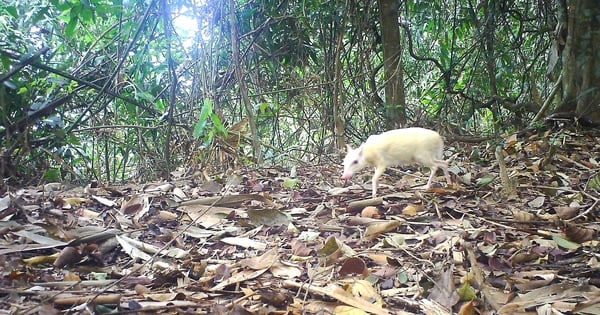
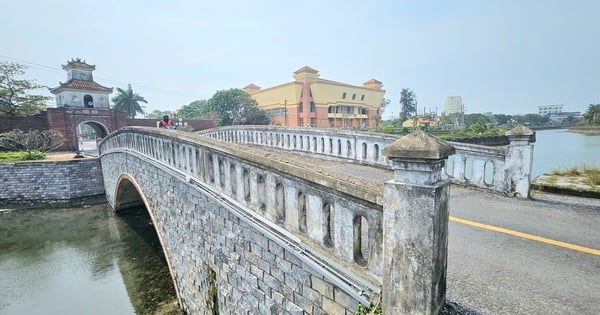
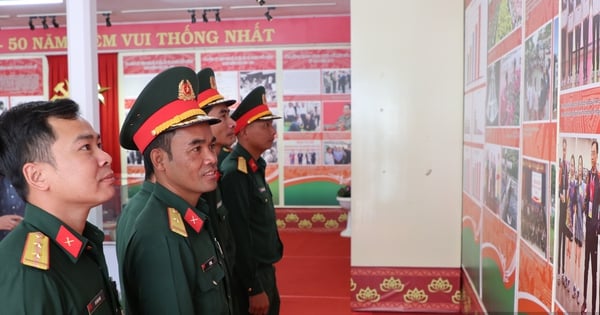
![[Photo] General Secretary To Lam chairs the Standing Meeting of the Central Steering Committee on preventing and combating corruption, waste and negativity](https://vstatic.vietnam.vn/vietnam/resource/IMAGE/2025/3/25/839ea9ed0cd8400a8ba1c1ce0728b2be)
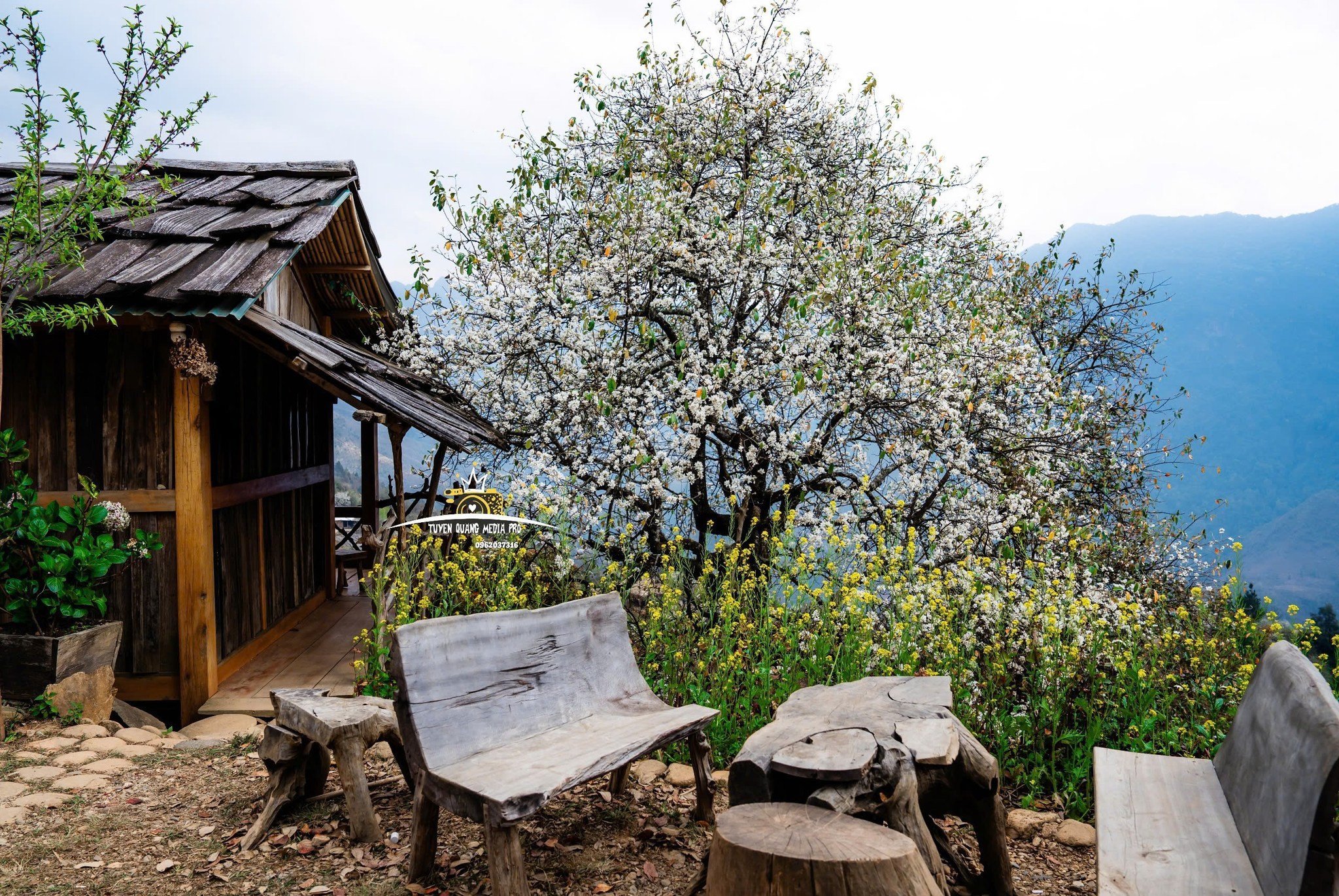

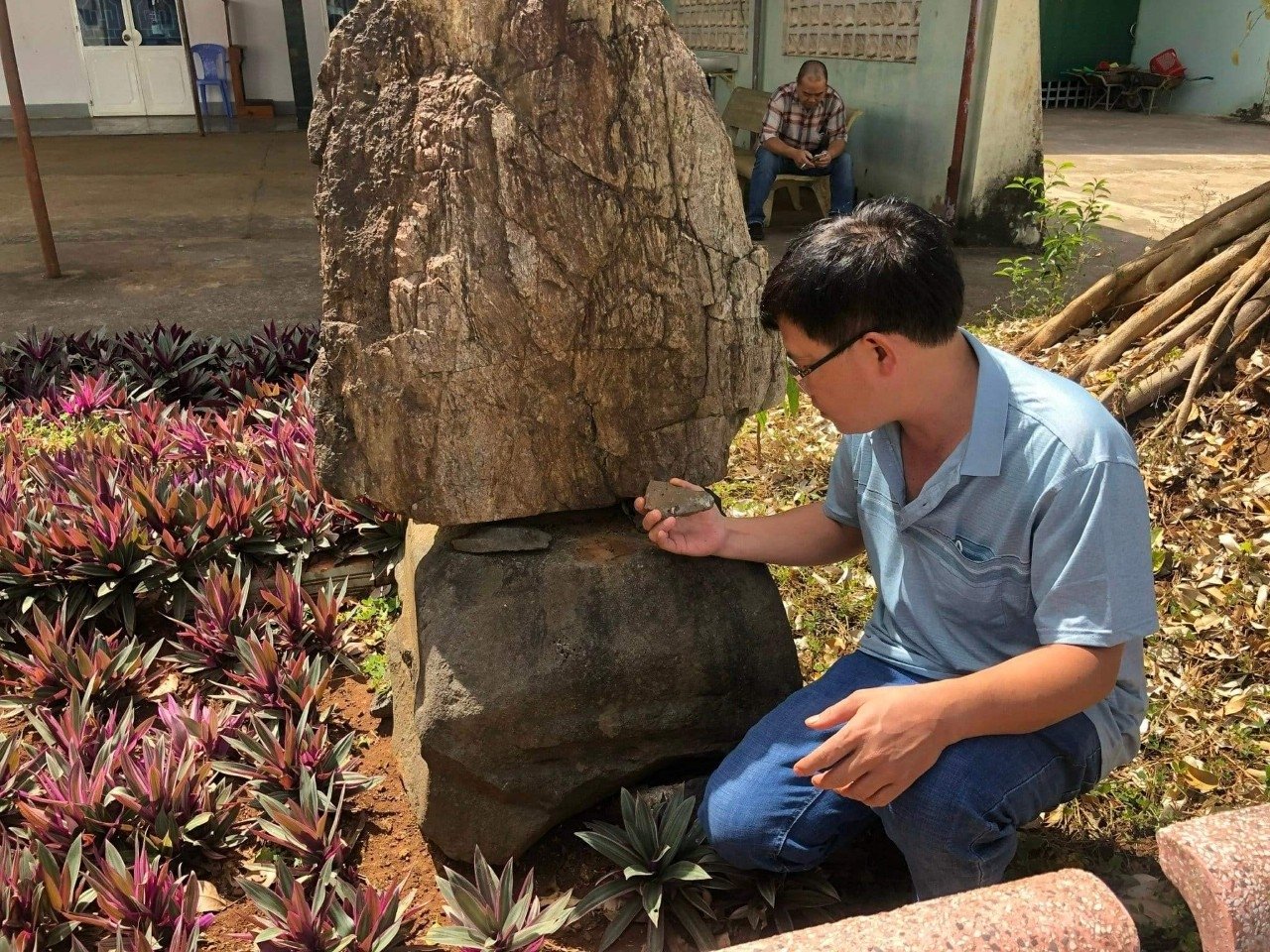

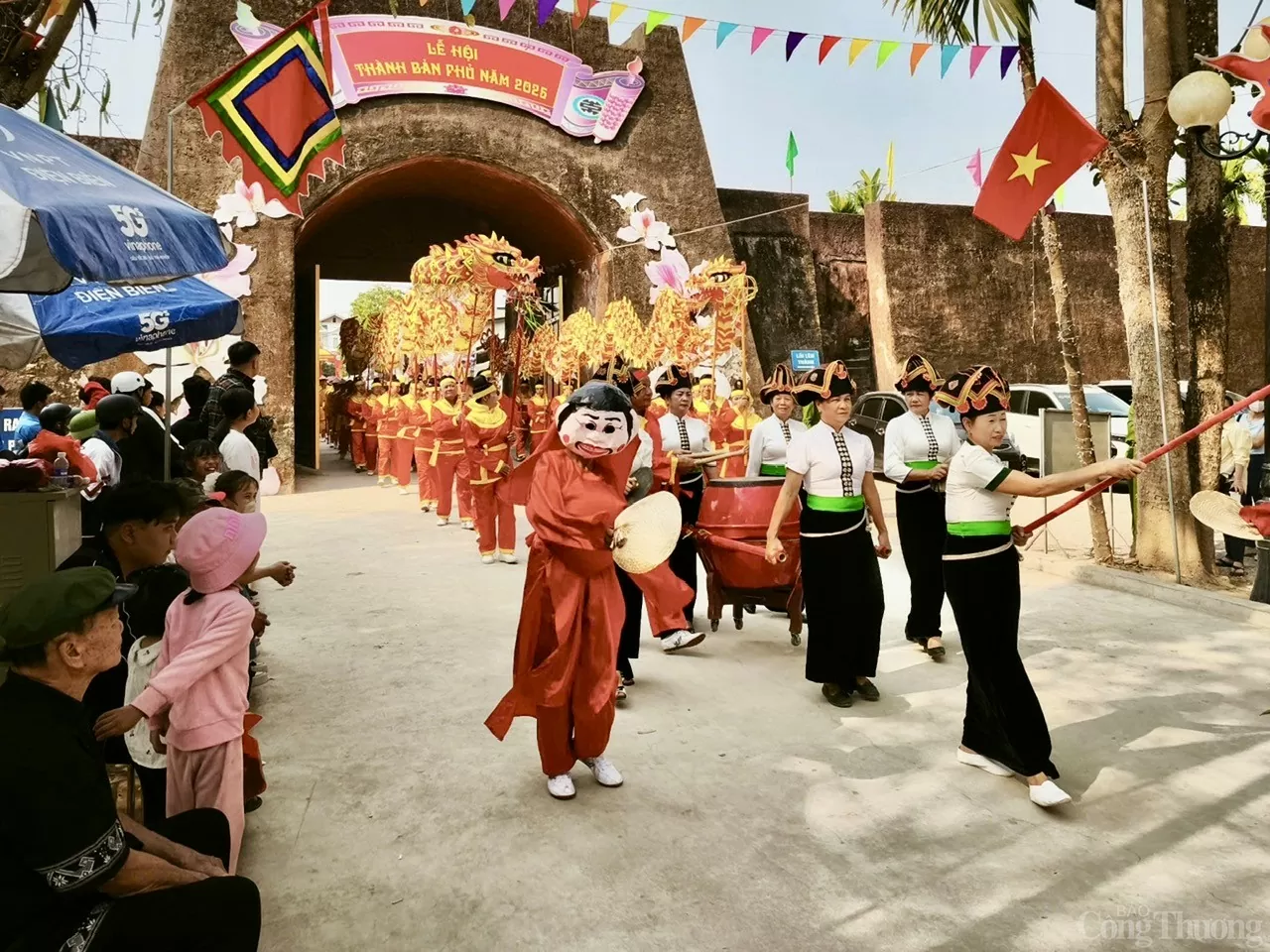

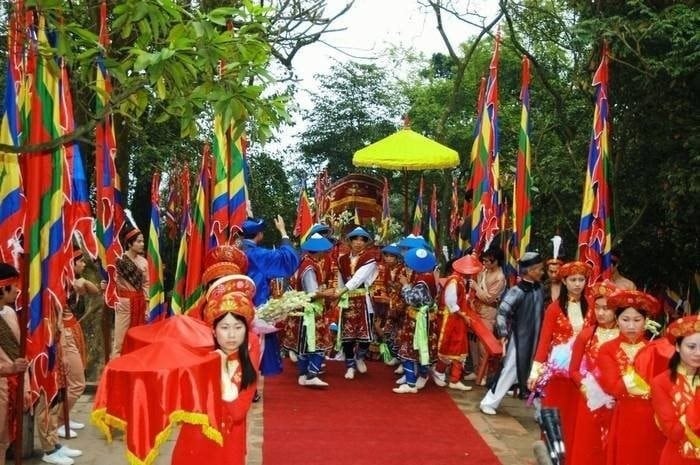
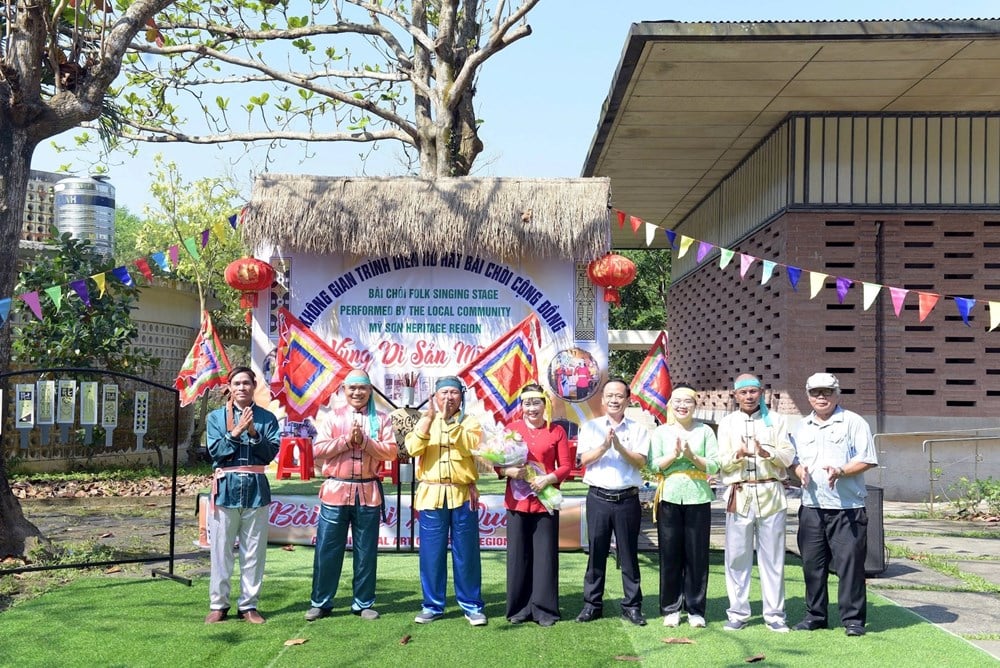

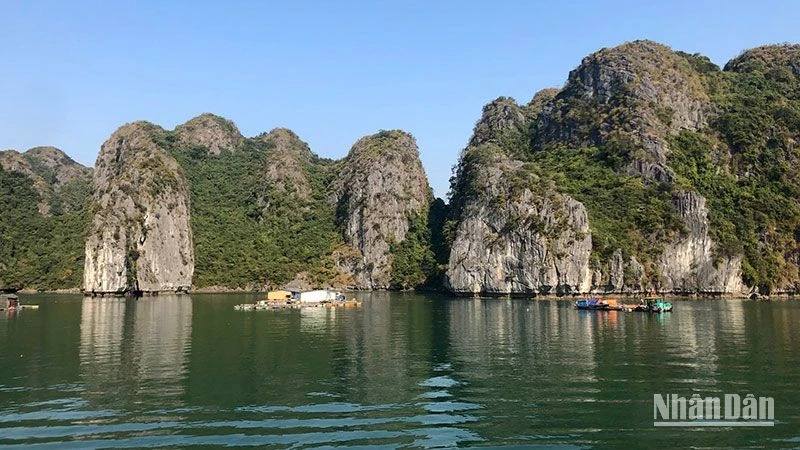

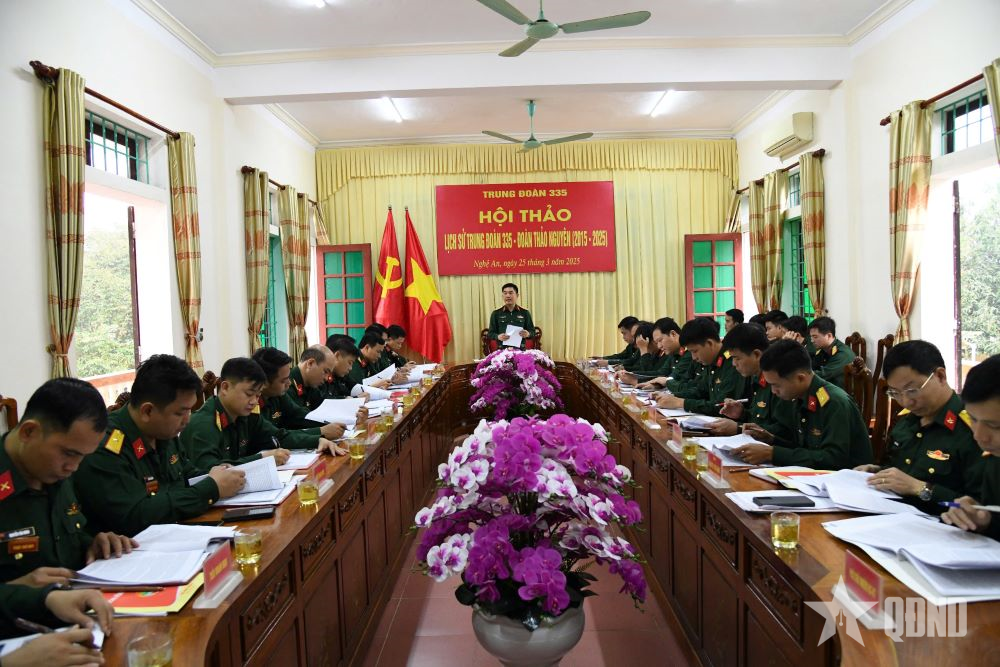

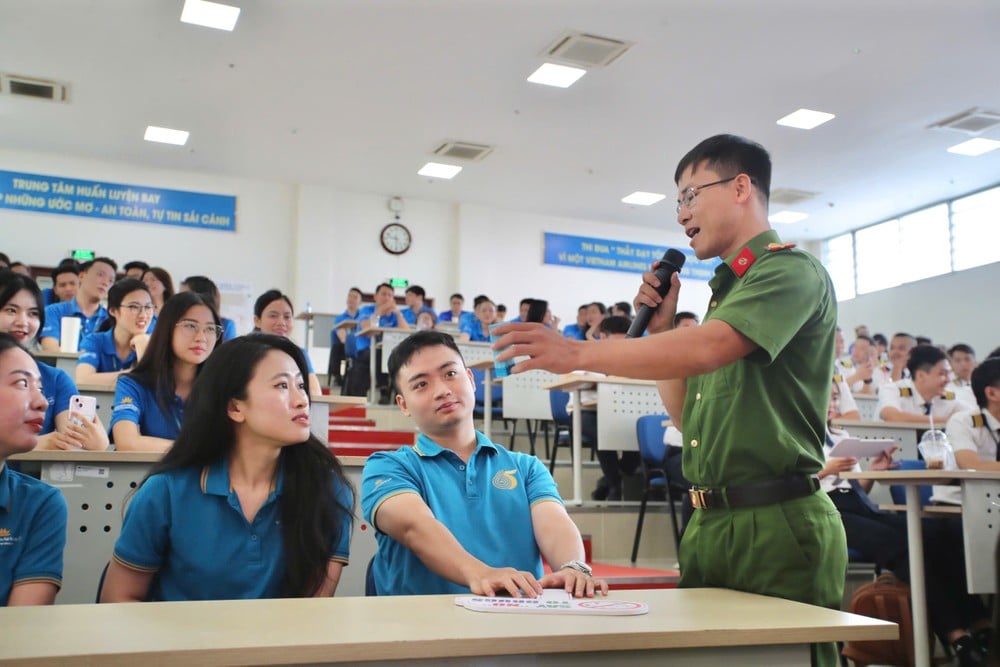

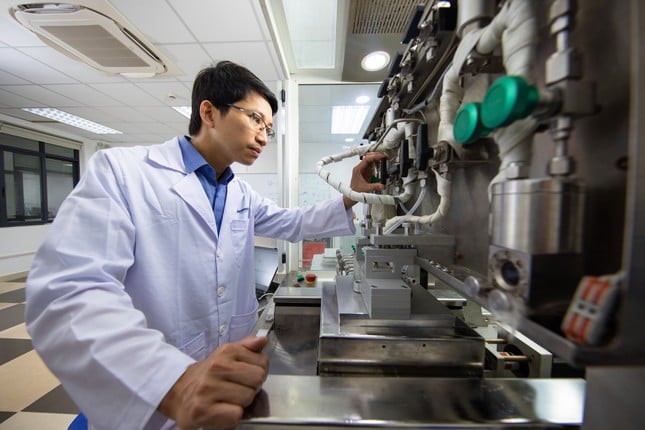











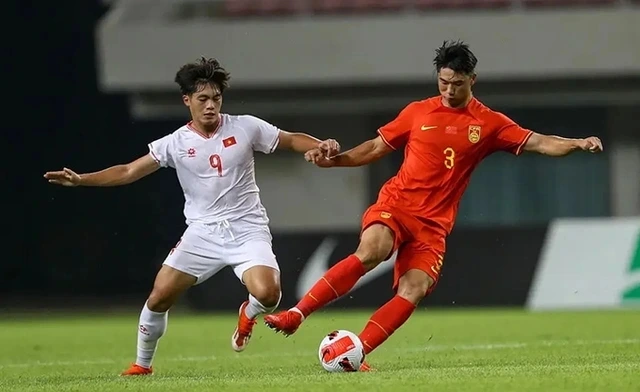

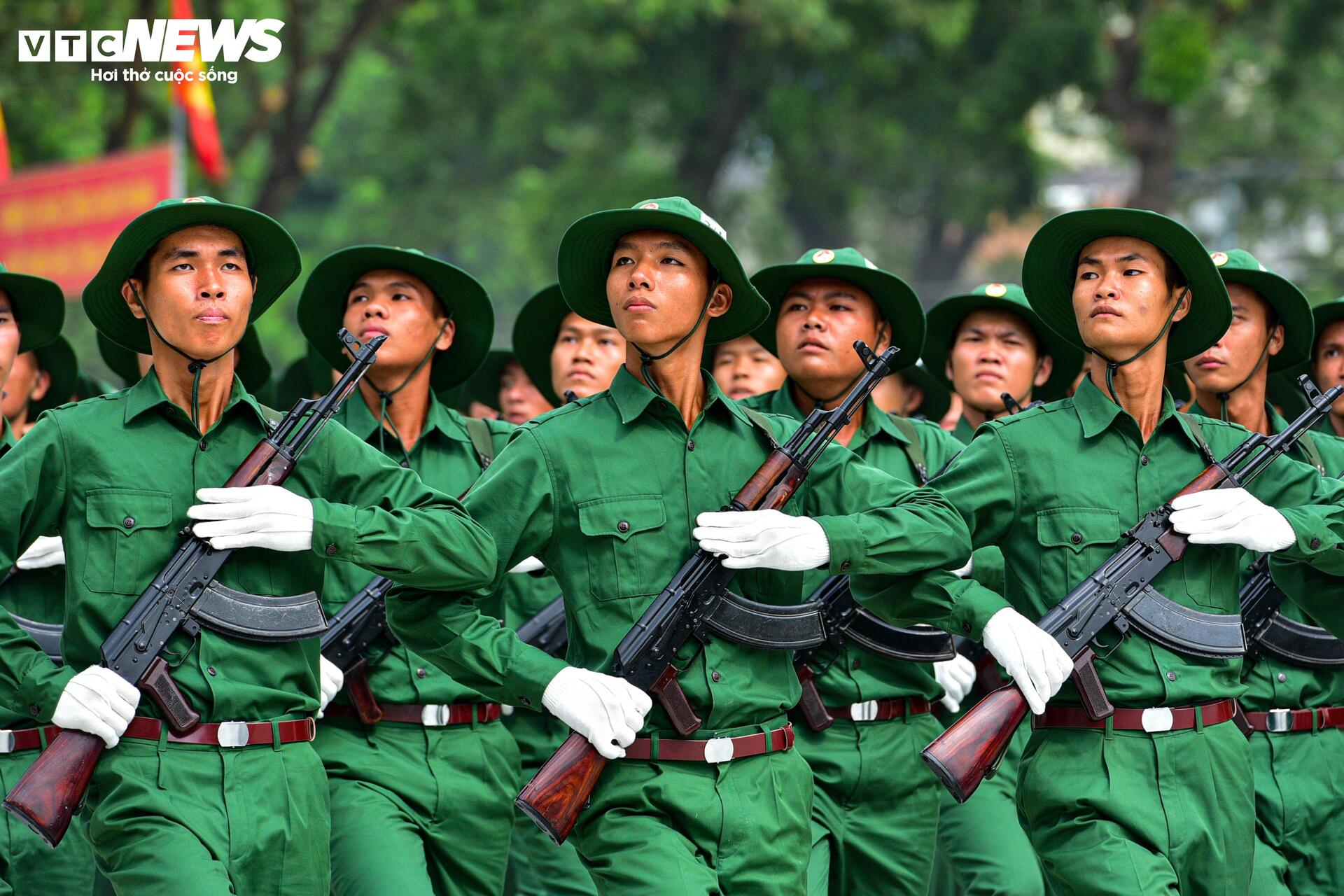



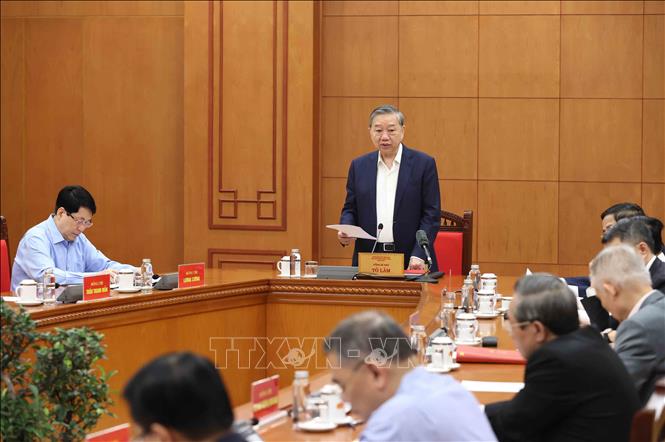

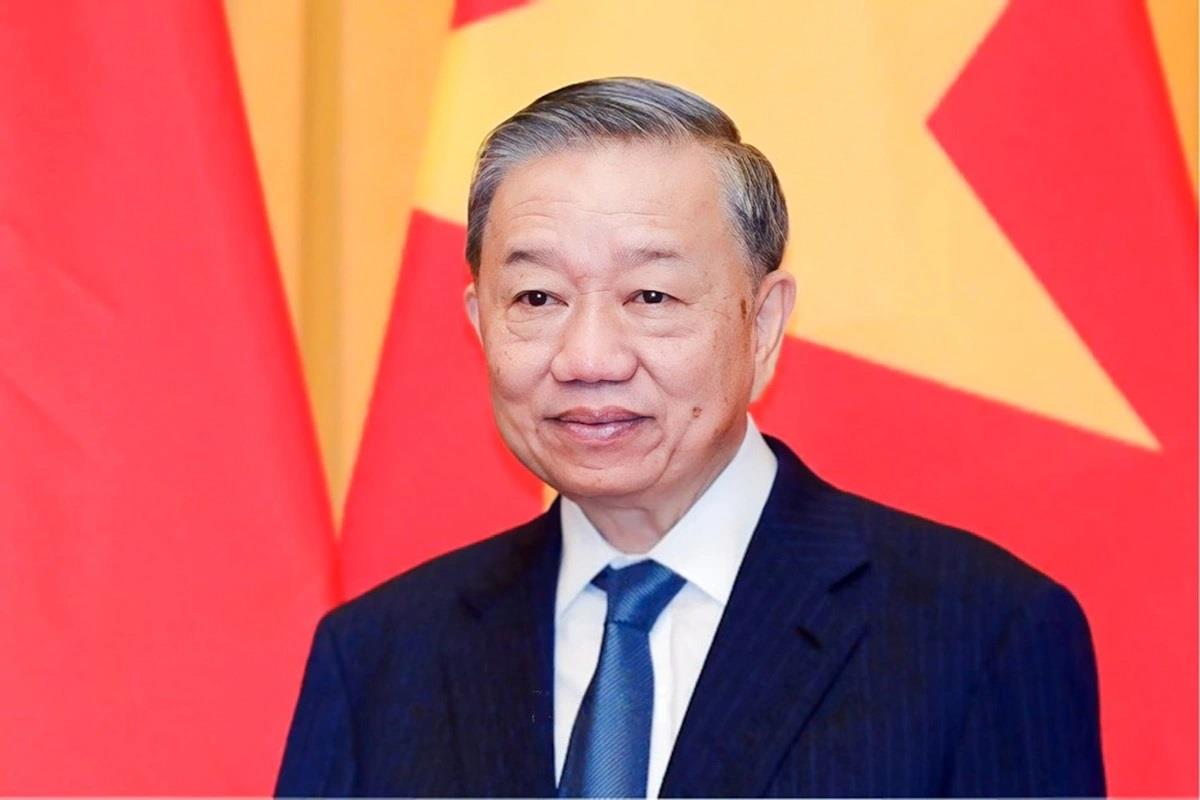
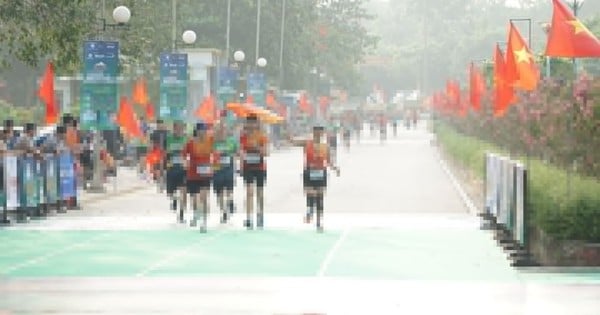

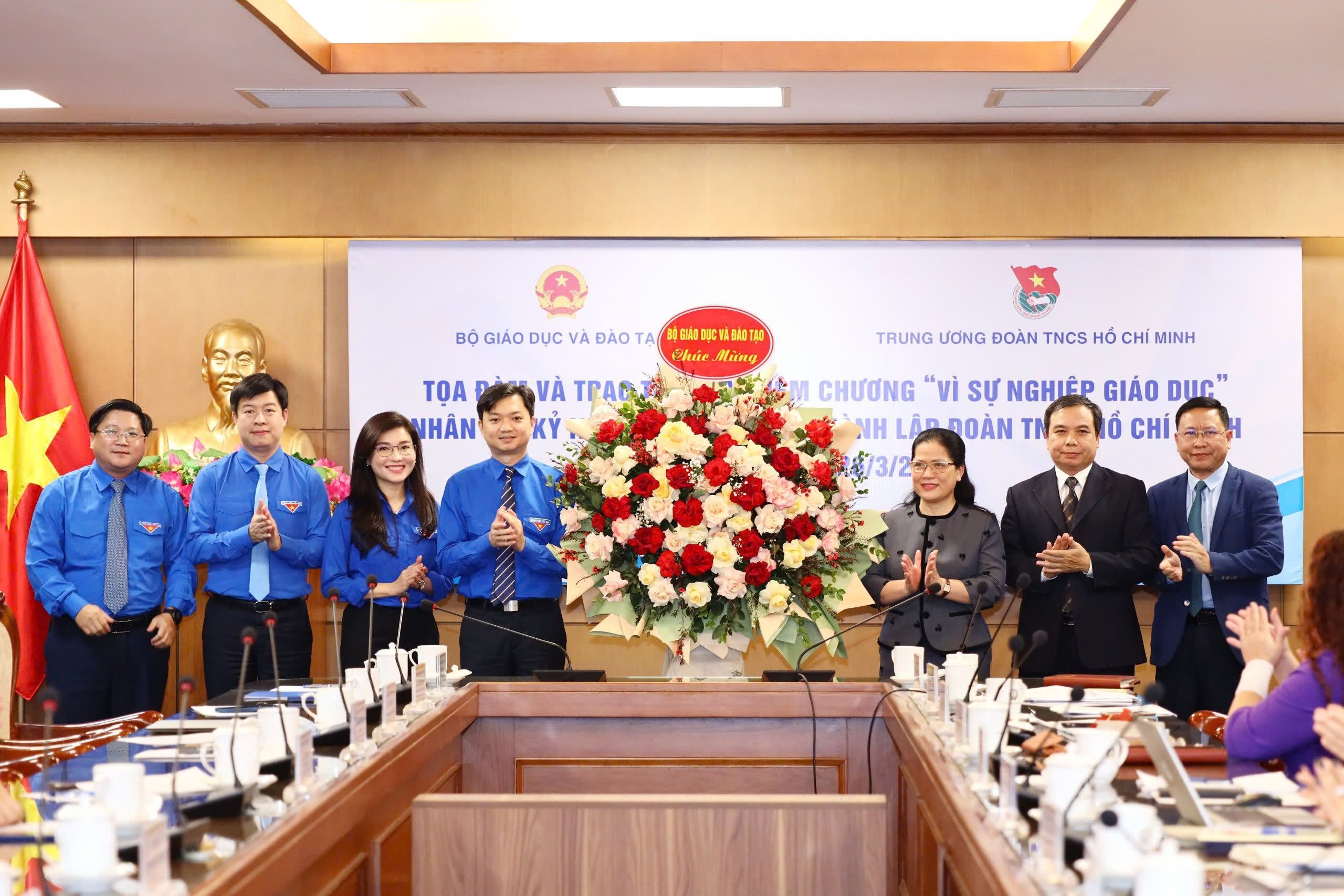

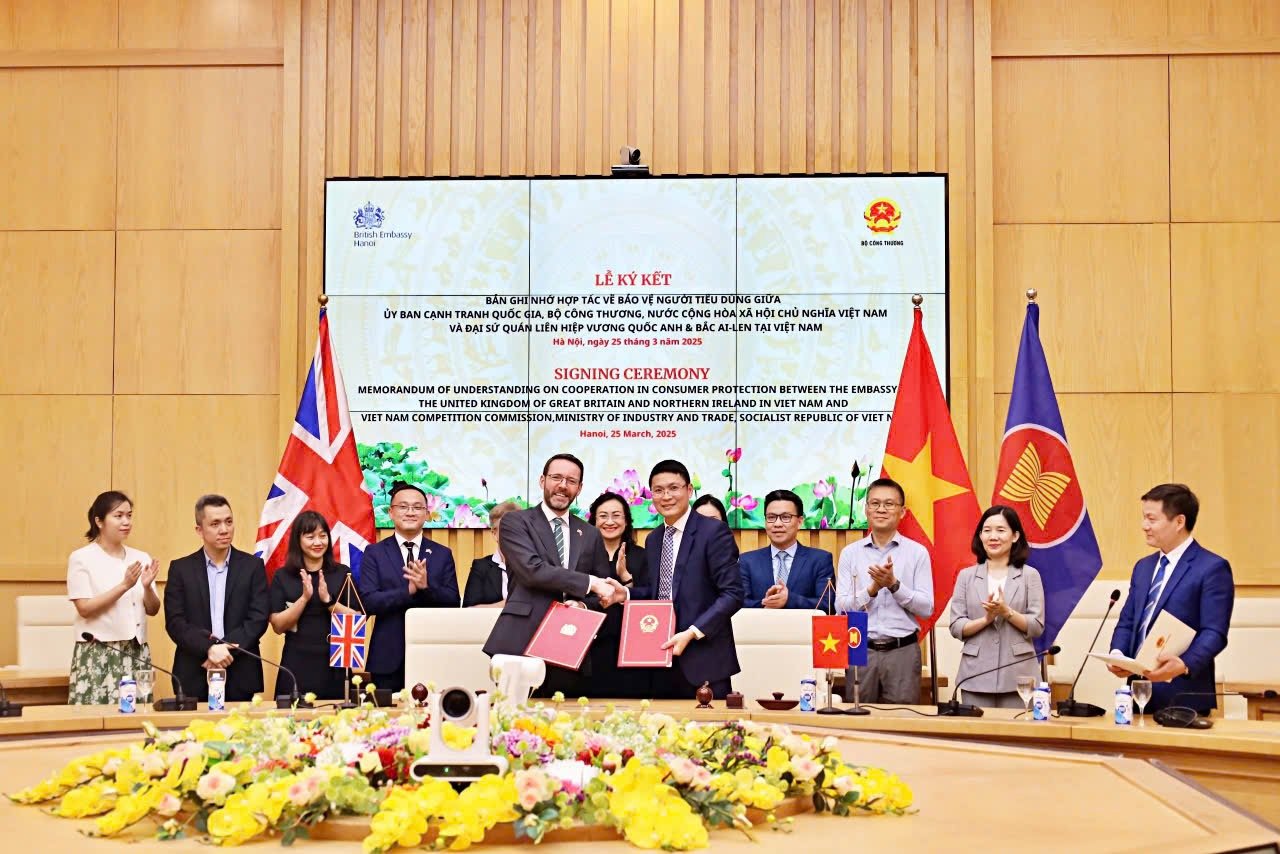

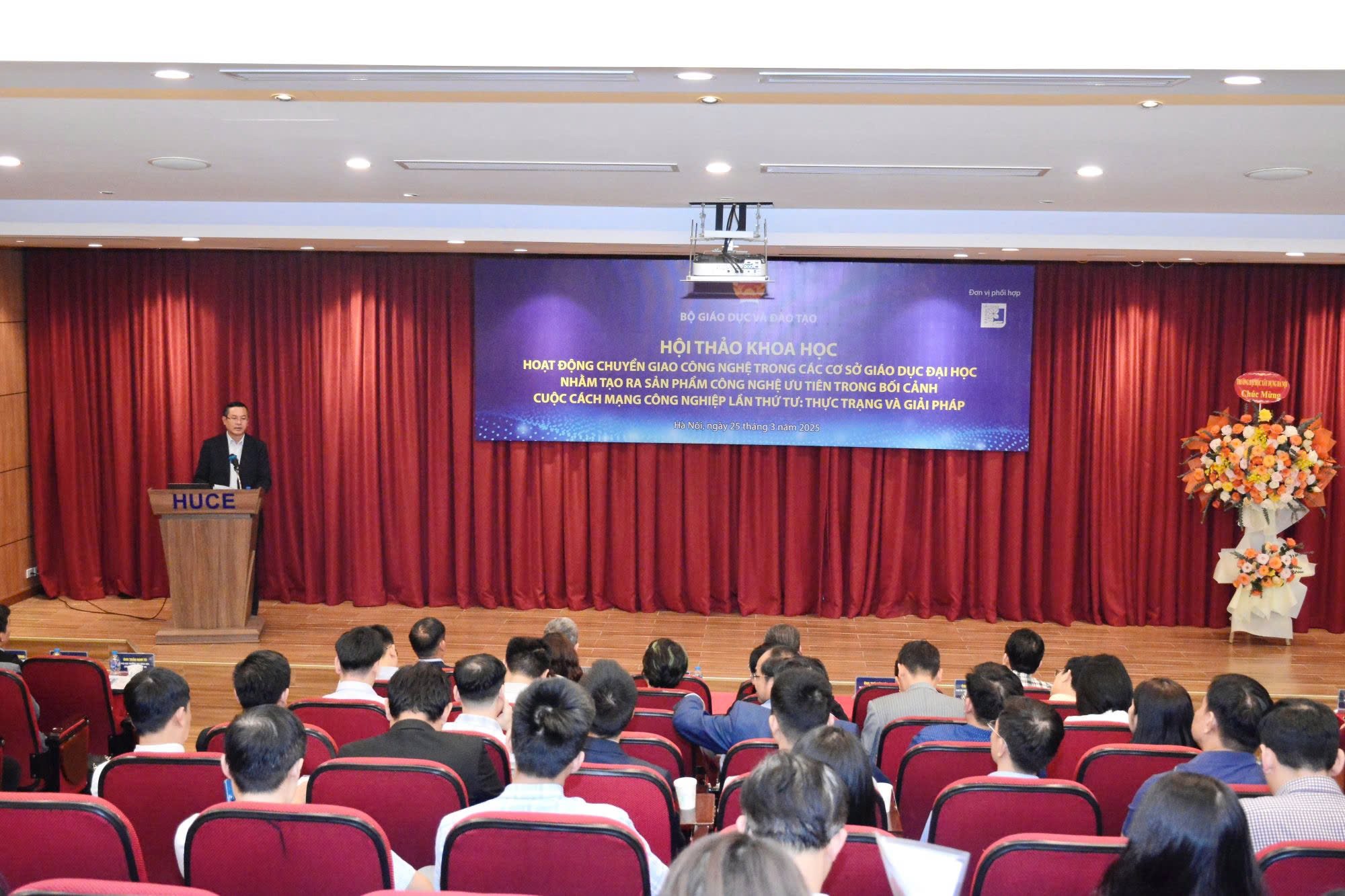
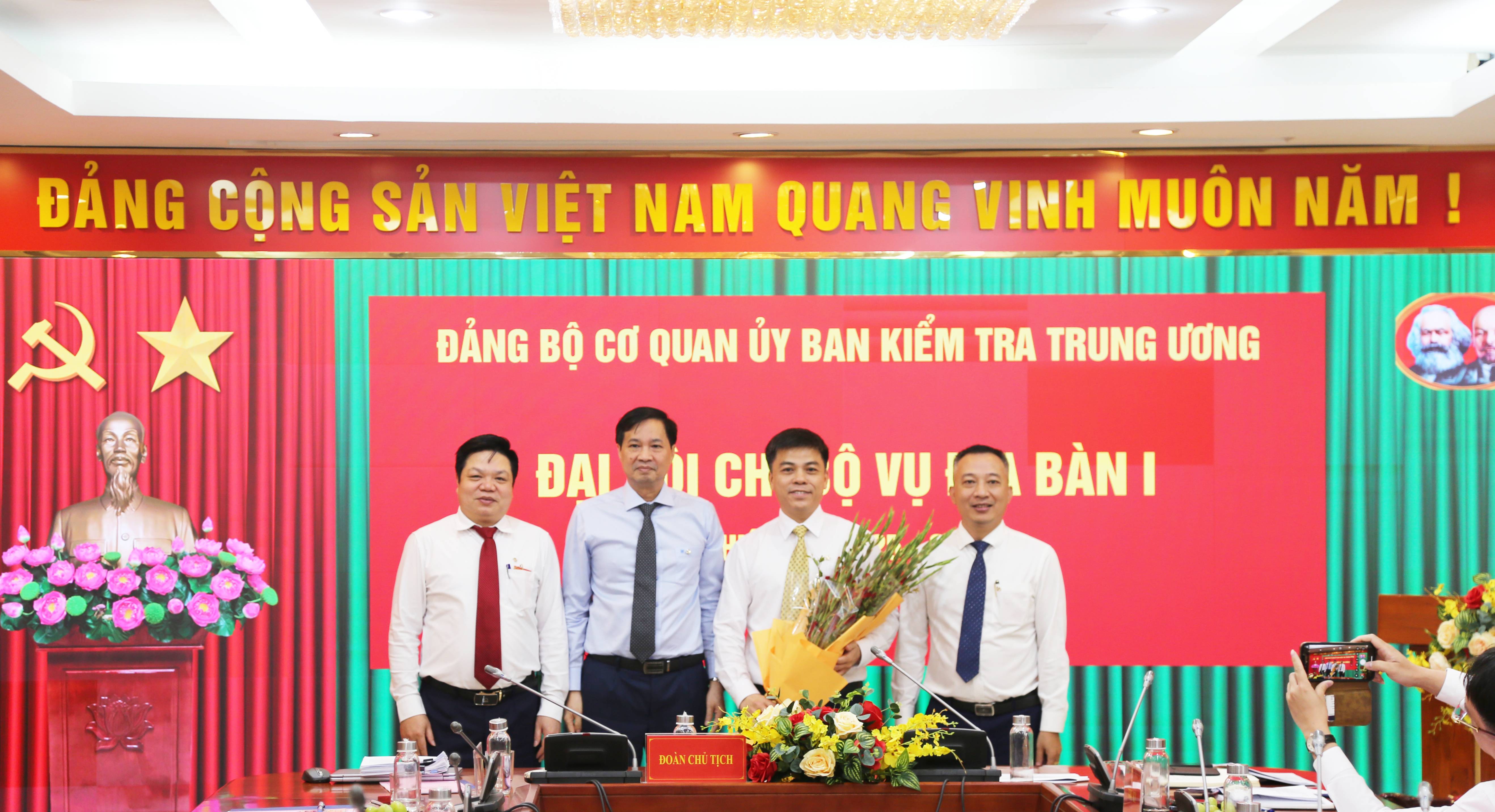

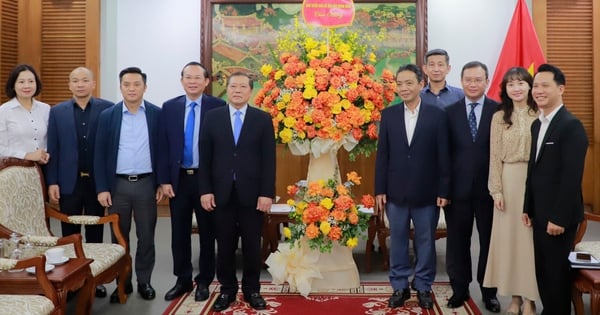

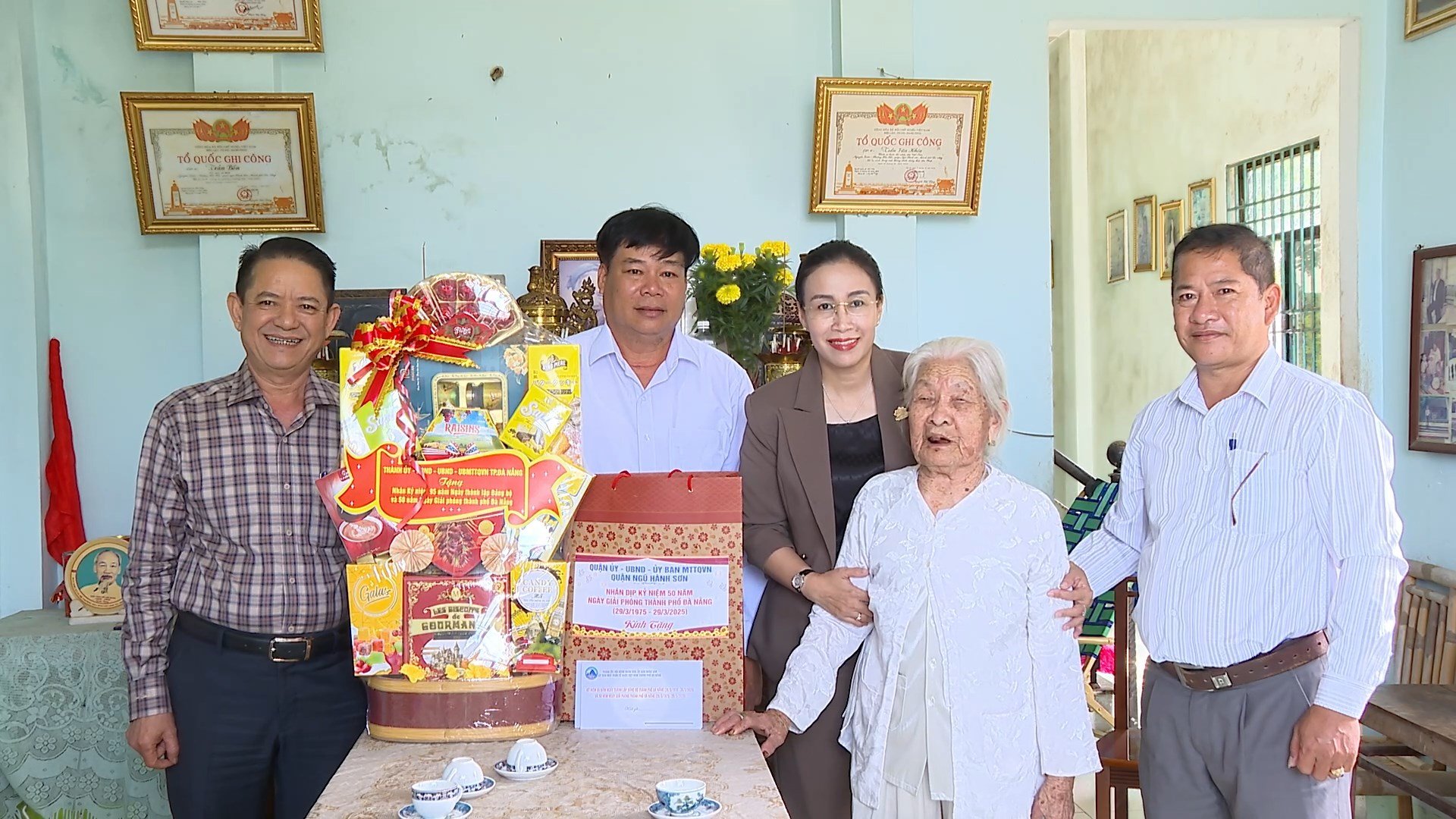
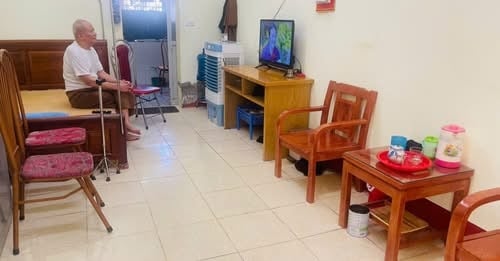
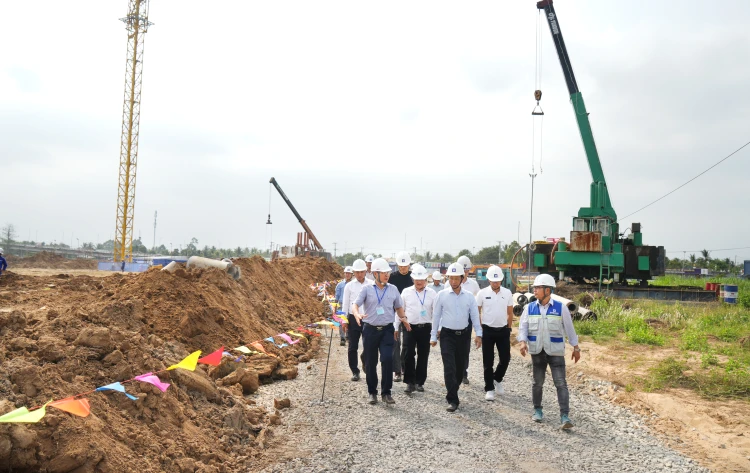
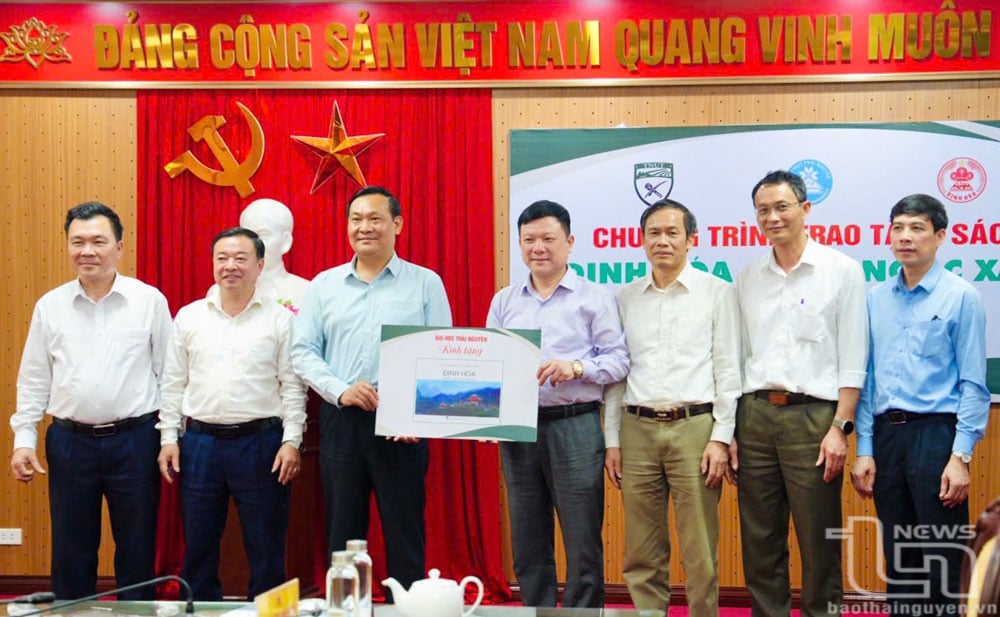
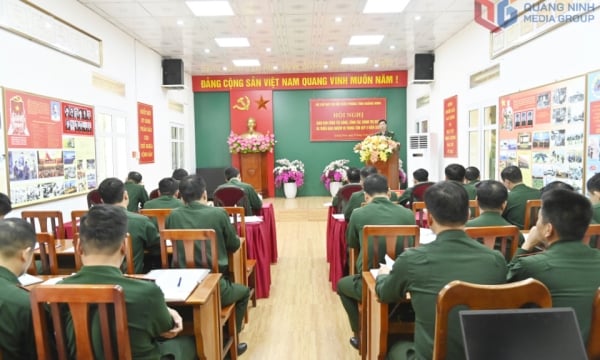
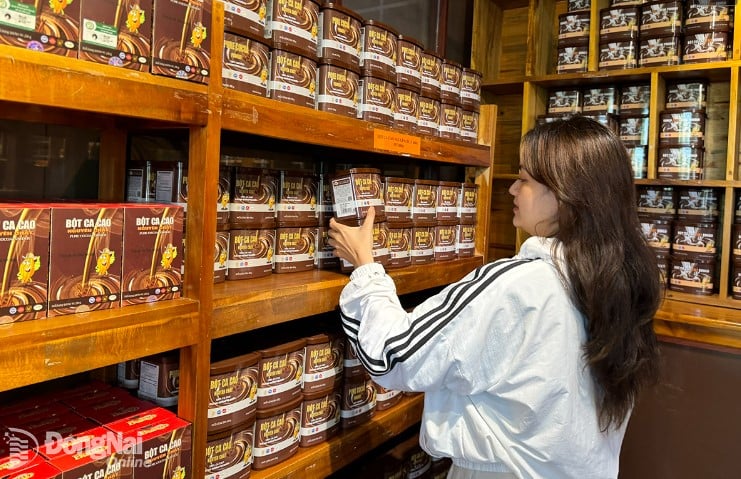
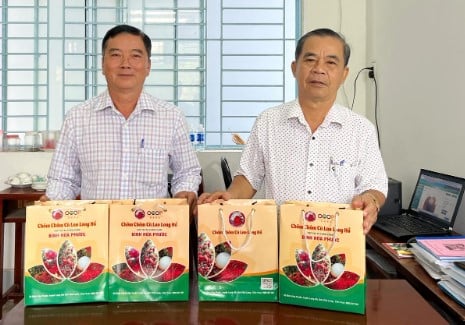
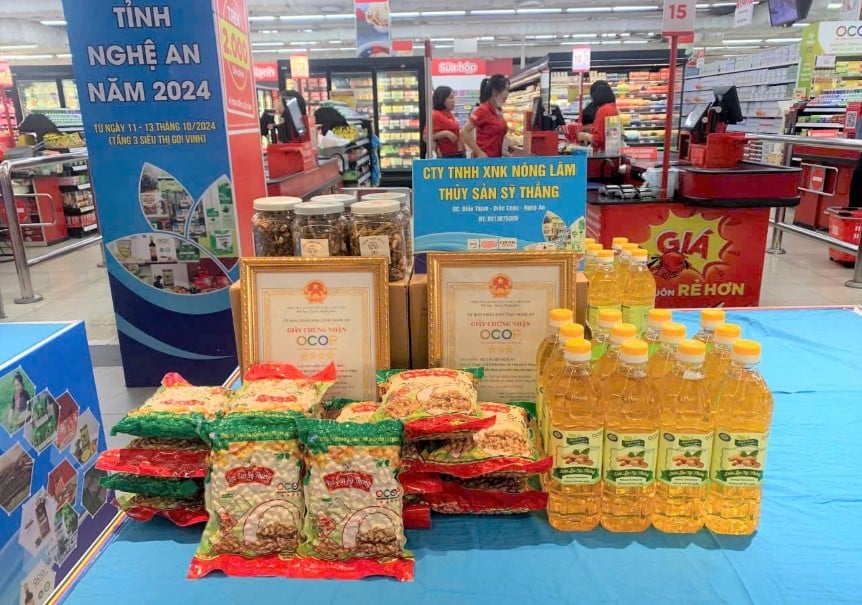
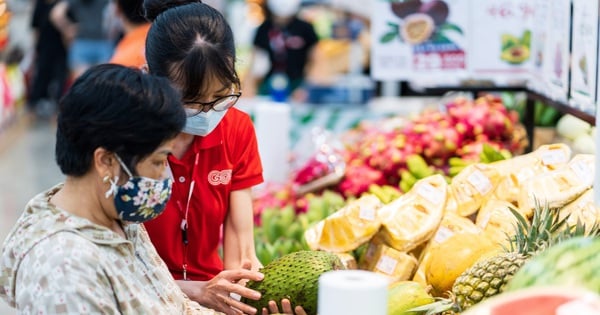


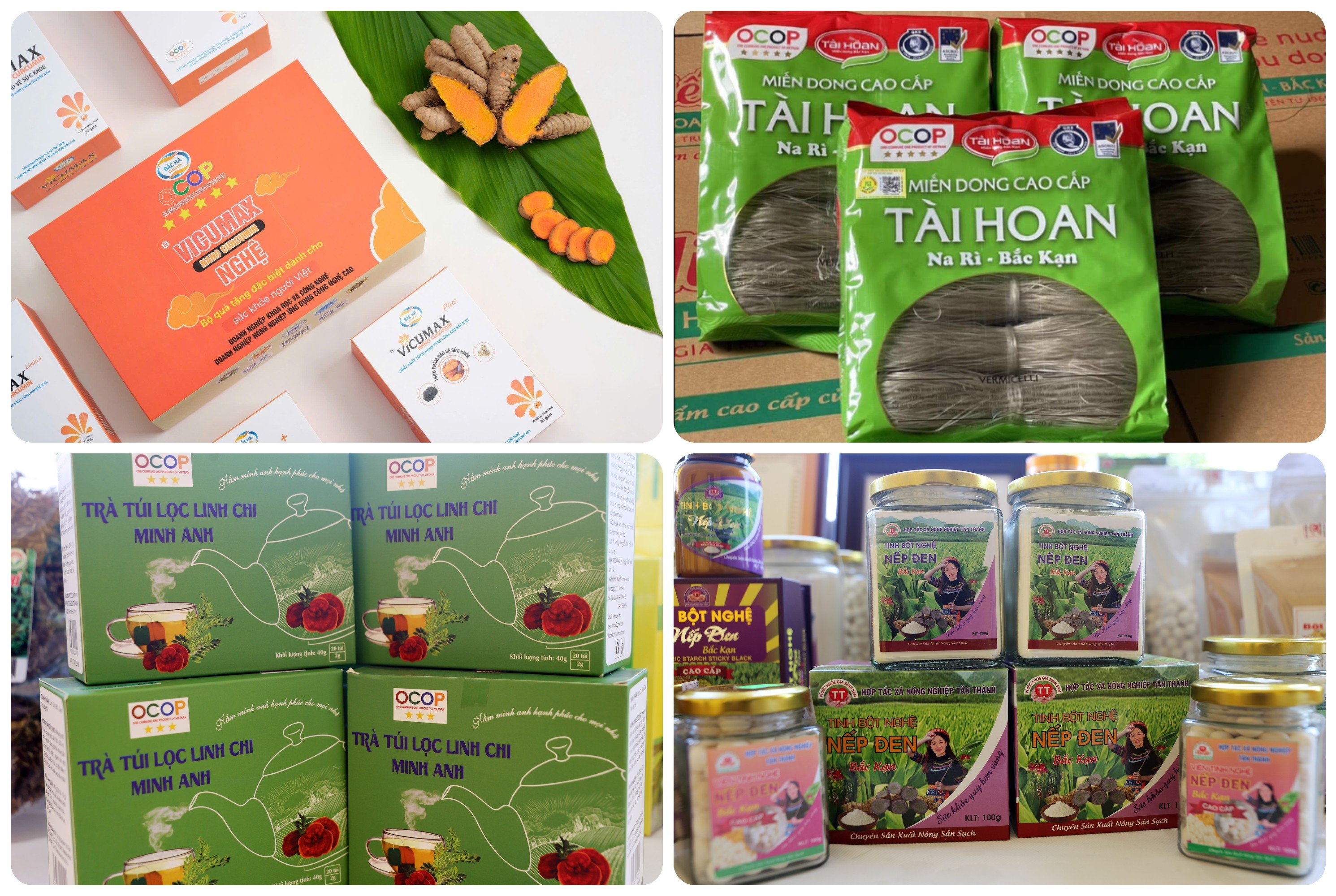
Comment (0)